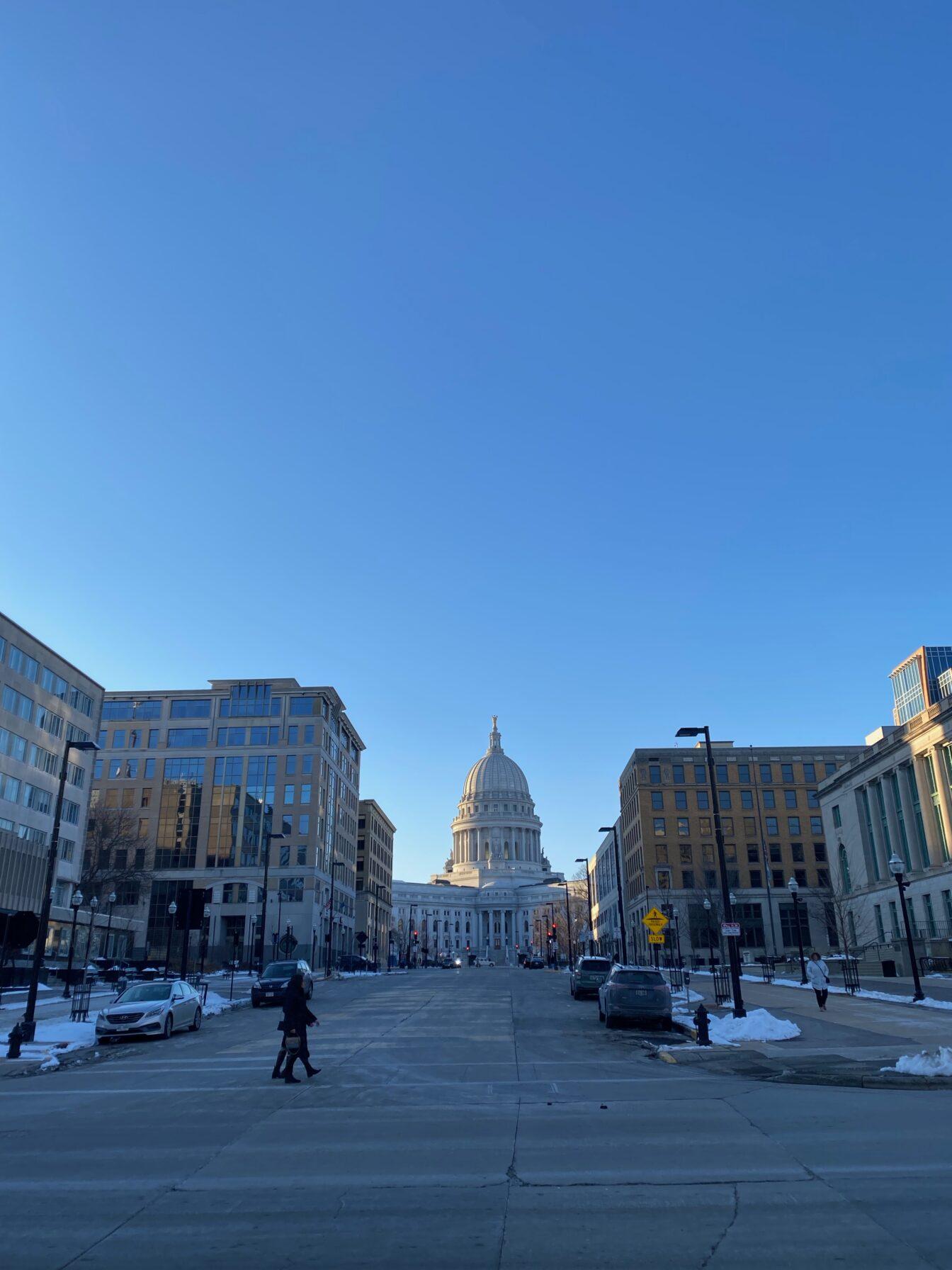A recent employment report found that people who are African American in the Madison community are not advancing in business and other sectors due to obstacles of location, salary and institutional racism.
The report, from The African American-Jewish Friendship Group of Madison, surveyed employers and determined that about 5.2% of private-sector employees were Black and only about 0.3% of them were in management positions. The city’s Black population is about 6.5%, according to the report.
Companies often retain a disproportionately white workforce, which leads to inherently exclusive recruitment processes, associate director of the Center on Wisconsin Strategy Laura Dresser said.
In an interview, Dresser said there are always cultural biases at play, which manifest in discrimination against Black-sounding names, disadvantages for similar resumes if a candidate is “seemingly Black,” inherent elitism in certain types of interview questions and can result in workplace harassment and lower wages.
“The motivation of workers to get more from work was especially dynamic, that workers in lower-rated industries really pursued new jobs and demanded more from the jobs they stayed in,” Dresser said. “That is moving towards unionization, and that is all closing the gap a little bit.”
According to Dresser, raising the minimum wage and increasing union organization are two universal policies that are practical to close any economic gap.
Food deserts in Wisconsin result in short term solutions, public health impacts
Questions of access often arise in conversations regarding race and employment. Access to education and high arrest rates play a role in preventing the employment of Black candidates, and employers are increasingly requiring higher education degrees, according to Dresser.
“This causes a disproportionate screening-out impact on Black and Brown workers who are less likely to have those four-year degrees,” Dresser said.
Dresser said though the common theme of inherent exclusion may not be intentional, it is pervasive.
Another principal access barrier to Black employment is high arrest rates leading to increased discrimination. While federal laws enforced by the U.S. Equal Employment Opportunity Commission make it illegal to discriminate against an applicant for an arrest record, this practice is still widely used, according to a statistical analysis of African Americans in Wisconsin from UW professors Doris P. Slesinger, E. Howard Grigsby and Karl Taeuber.
The analysis found the results of race-based job market discrimination are that Black Americans in Wisconsin often experience higher rates of poverty and earn lower median incomes. It also found the median household income for African Americans was almost $20,000 lower than that of all Wisconsin households — $25,589 compared to $43,791.
The poverty rate among Black communities in Wisconsin was 24.5% in 2019, according to the Kaiser Family Foundation.
UW Black Student Union President Tamiya Smith said these systemic barriers make job-hunting difficult for college students entering the workforce.
Smith described how Black students have not only felt limited in types of employment they’re often able to pursue but job opportunities are often hidden or stolen from them solely for being Black. She said discrimination has affected her own choices when job-searching.
“I’m very cautious with the type of jobs that I apply for,” Smith said. “So I’m not just applying to work anywhere personally because I can’t just have any type of boss, and I can’t just be in any type of environment.”
Madison’s Black community makes up around 6.5% of the city — on the UW campus, it is less than half of that. The university’s 2021 data digest shows that out of the total 33,506 undergraduate students enrolled, only 695 identified as African American, a ratio of 0.02%.
Smith described a common experience of feelings of isolation in majority white classrooms, heightened by the fact that spaces designated for Black students are few and far between. Smith said these feelings of isolation make job-hunting intimidating for recent college graduates who are Black.
While potential solutions to support Black students on campus include increased financial investment in student organizations, followed up with active engagement with and support for these students, Smith said she was not optimistic about a broader legislative approach.
“Black people still don’t feel like they have a space to come together and they don’t feel safe on campus,” Smith said. “They don’t feel welcomed here.”
Wisconsin State Assembly Rep. Tod Ohnstad (D-Kenosha) had more specific insights on legislative viability.
Ohnstad suggested increasing penalties for proven racial discrimination in hiring and agreed that raising the minimum wage would help uplift the bottom sector of laborers. But he said a proposal to do that might be doomed in the current legislature.
“Not enough [of these bills] at least have received a public hearing or actually came to a vote,” Ohnstad said. “The Republicans who control the legislature have not agreed to that.”
Despite a lack of government action, students of color in Madison have continued to serve as a resource for fellow community members and those looking to learn more about their experiences as a Black student in Madison, Smith said.
Smith suggested a good way to get a more well-rounded understanding of the experiences of Black students in Madison is simply to talk to them about their views and experiences.
“I really can only speak for myself and my experiences,” Smith said. “But I would say interviewing more Black students on campus, that’s really how you bring more awareness to the issue is having multiple sides and having multiple experiences to be able to know.”












